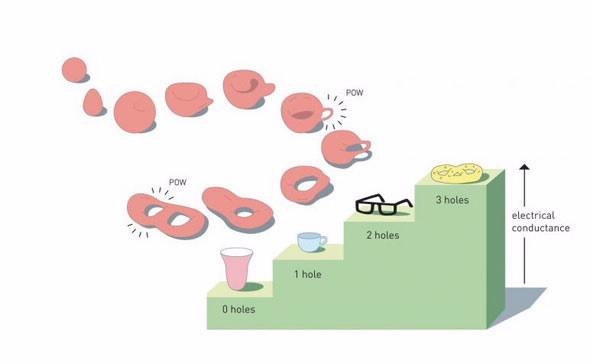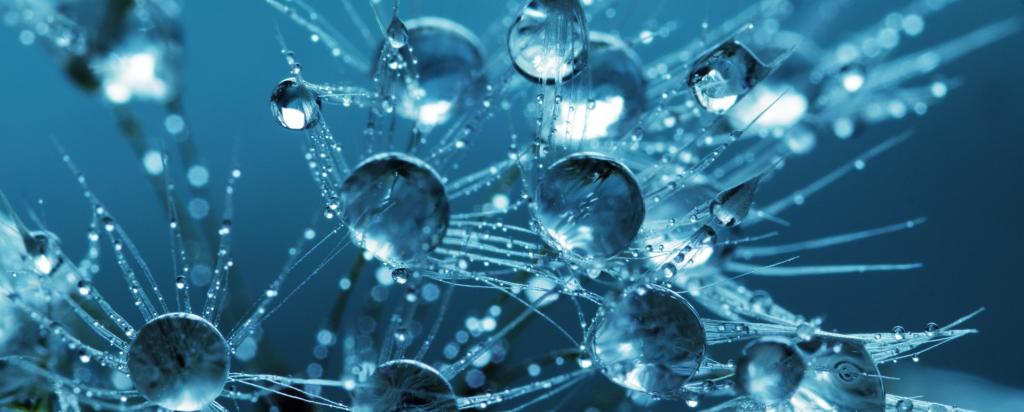

Published on the 7th October 2016 by ANSTO Staff
ANSTO congratulates the the Canadian Neutron Beam Centre (CNBC) for their contribution to experiments that confirmed one of the theoretical predictions of this year’s winners of the Nobel Prize in Physics.
The Canadian Institute for Neutron Scattering provided the following information on their website with resources from the Nobel Foundation:
The 2016 prize was awarded to American physicists born in the UK for theoretical discoveries in quantum materials: David J. Thouless, F. Duncan M. Haldane, and J. Michael Kosterlitz.
Advances in our understanding of materials requires both theory and experiment. This year’s prize winners used advanced mathematics to predict the behaviour of materials that challenged conventional thinking. However, the predictions of theorists must be confirmed by experiments before the scientific community fully accepts them. Furthermore, it is often many years later that the full value their achievements is recognized.
In the 1970’s and 80’s, they challenged our understanding of how materials conduct electricity and made major contributions to understanding of superconductivity, a phenomena where some materials lose all their electrical resistance at very cold temperatures.
The models of Thouless, Haldane, and Kosterlitz used a branch of mathematics called ‘topology’ to predict strange phenomena in ‘flat worlds’ – in extremely thin layers of materials that can be considered two-dimensional, or even one-dimensional.
 |